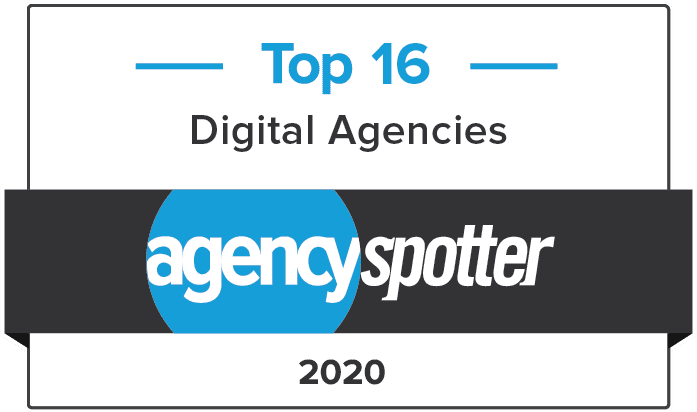
Digital Media Trends to Watch in 2019
Modern, effective marketing requires a digital presence. For marketers used to the tried and true tactics of ‘traditional’ marketing, that can be daunting. Luckily, evolving marketing platforms provide our industry more touch points for reaching audiences—rather than making previous efforts suddenly useless. As digital becomes more integrated into marketing mixes, it’s important to look ahead and watch for trends. As the new year approaches, we turned to our digital media experts to find out what they expect to see for social media and programmatic advertising in 2019.
Attribution
Heather Weaverling, Media Account Manager: Attribution has been an important part of digital marketing for a while, but it likely will continue to increase in importance as we get new tools to track it. We always want to know how our different efforts are working together and leading to conversions.
Caleb Bailey, Digital Media Strategist: With attribution, marketers can sometimes fall victim to a “last-click fallacy.” That means we believe whatever the last point of contact with a consumer is, it’s the piece of the marketing mix that pushed them to conversion. Realistically, a different advertisement or point of contact they encountered earlier might have contributed to that purchase.
Tools like tracking pixels can help us understand attribution better. They help us understand what different efforts reach a customer and how they influenced their purchasing behavior. That, in turn, helps us adjust our spending to be more efficient while considering what elements are creating conversions—getting us further away from that fallacy. My hope is that we’ll continue to improve attribution and refine it in the new year.
Spending
Leah Findley, Social Media Specialist: I think we’ll see an increase in social ad spend in 2019. Even in the last six months, I’ve seen a noticeable increase. According to Marketing Land, there has been an overall social advertising spend increase of almost 40 percent across the country. As a whole, marketers are continuing to realize how useful social ads can be in their strategic plans. I’m seeing it more often in plans—and I think that’s a good sign.
Caleb: It’s a bit hard to predict how spending will go for programmatic media. Attribution helps us understand what efforts are performing best. That determines where budgets might move to. We’ll have to see how the industry shifts over the next year.
Evolving Platforms
Leah: For social media, Facebook will probably continue to dominate—especially since they’ve added so many services and platforms under their brand. Marketers can place advertisements in WhatsApp, Messenger and Instagram all under Facebook. Since WhatsApp paid advertising is new, we’ll have to see how the industry embraces that.
Caleb: Programmatic media is better described as ‘automated data driven media.’ That means a lot of different media can fall under it—from display ads to connected TV. I think we’ll see some shifts toward connected TV since it has such potential for reach. More than 70 percent of U.S. households have access to some sort of streaming devices with connected TV.
Privacy Concerns
Leah: We’ve already seen a big change in Facebook’s targeting capability this year. A lot of third-party data is out because of users’ privacy concerns. That data could continue to be limited.
Caleb: Eventually, there is a possibility that legislation could pass in the United States that would follow Europe’s lead with GDPR (General Data Protection Regulation). Hopefully, if that happens, the law will be well-defined, so marketers can find ways to work with it.
Heather: We’ll most likely work more often with the data we get from clients. With privacy concerns, it can be harder to work with third-party data. If the trend of users wanting more privacy while also having relevant advertising continues, we’ll need as much data from clients as possible.



